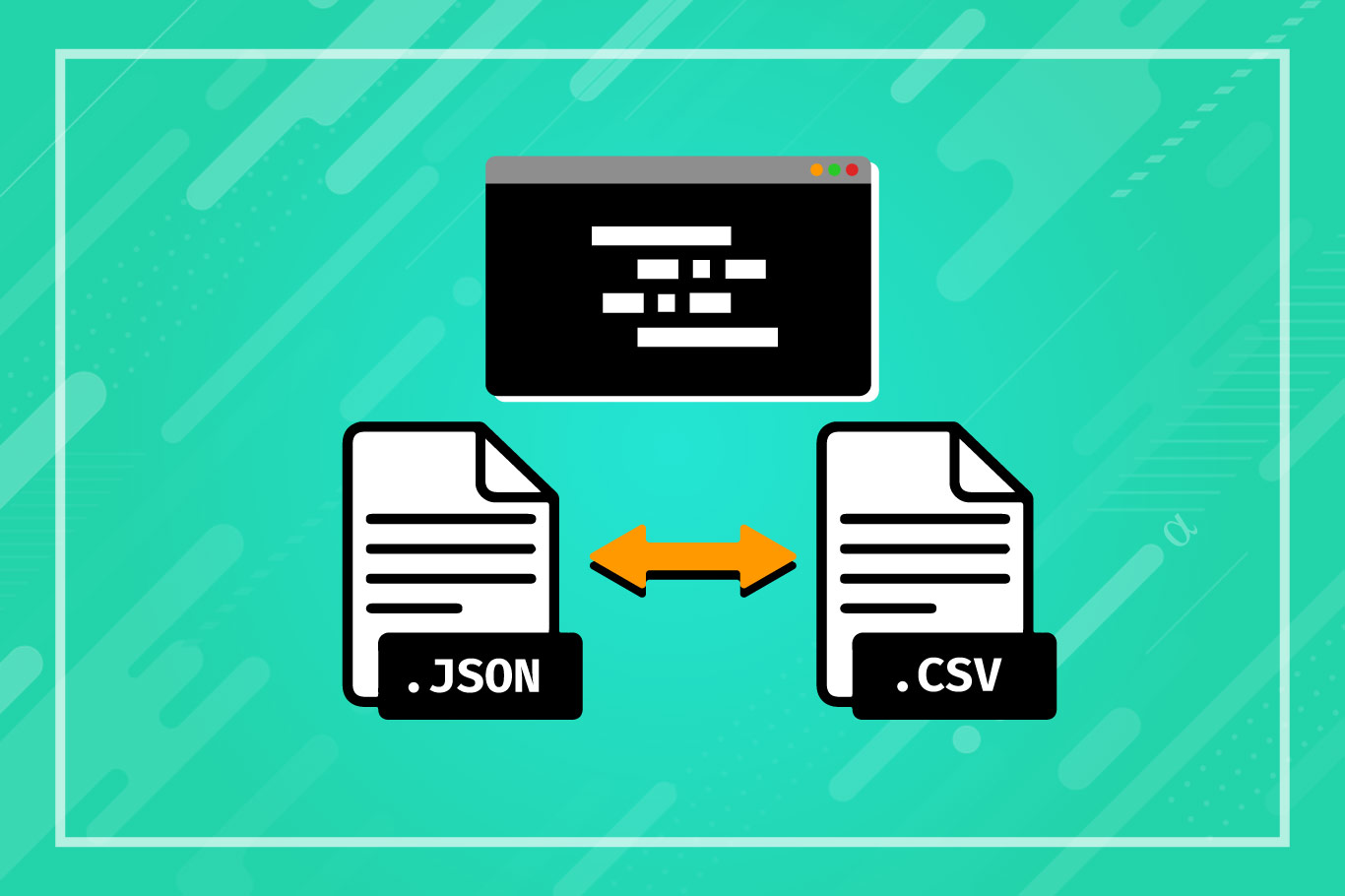Developers, data analysts, and anybody else working with structured data frequently need to convert CSV files to JSON or XML. JSON and XML are more appropriate for web applications, APIs, and data integration, whereas CSV is excellent for spreadsheets and tables.
What You Must Understand
Tabular data can be represented in plain text using the CSV (Comma-Separated Values) format. Values are separated by commas or other delimiters, and each line represents a row.
Key-value pairs or nested tags are used by XML (eXtensible Markup Language) and JSON (JavaScript Object Notation) to represent structured data. Programming makes extensive use of them, particularly for system-to-system data exchange.
How to Convert CSV to XML or JSON
Get your CSV file ready.
Ensure that the first row of your file contains headers that can be used as keys. For a conversion to be organized and transparent, this is crucial.
Select a Conversion Instrument
You can write your own script in languages like Python or JavaScript, use online tools, or use text editors with plugins.
Execute the Conversion
The majority of online tools allow you to download the converted JSON or XML after uploading your CSV file. Libraries like csvtojson (Node.js) and pandas (Python) make coding simple.
Examine the output
Verify the structure. Make sure the brackets and nesting are correct for JSON. Verify the proper tags and hierarchy for XML.
When to Utilize Every Format
JSON: Perfect for APIs and web development
XML: Found in older software and enterprise systems
CSV: Ideal for flat, human-readable data
Compatibility across systems and increased productivity are guaranteed when you know how to convert between formats.
What You Must Understand
Tabular data can be represented in plain text using the CSV (Comma-Separated Values) format. Values are separated by commas or other delimiters, and each line represents a row.
Key-value pairs or nested tags are used by XML (eXtensible Markup Language) and JSON (JavaScript Object Notation) to represent structured data. Programming makes extensive use of them, particularly for system-to-system data exchange.
How to Convert CSV to XML or JSON
Get your CSV file ready.
Ensure that the first row of your file contains headers that can be used as keys. For a conversion to be organized and transparent, this is crucial.
Select a Conversion Instrument
You can write your own script in languages like Python or JavaScript, use online tools, or use text editors with plugins.
Execute the Conversion
The majority of online tools allow you to download the converted JSON or XML after uploading your CSV file. Libraries like csvtojson (Node.js) and pandas (Python) make coding simple.
Examine the output
Verify the structure. Make sure the brackets and nesting are correct for JSON. Verify the proper tags and hierarchy for XML.
When to Utilize Every Format
JSON: Perfect for APIs and web development
XML: Found in older software and enterprise systems
CSV: Ideal for flat, human-readable data
Compatibility across systems and increased productivity are guaranteed when you know how to convert between formats.
